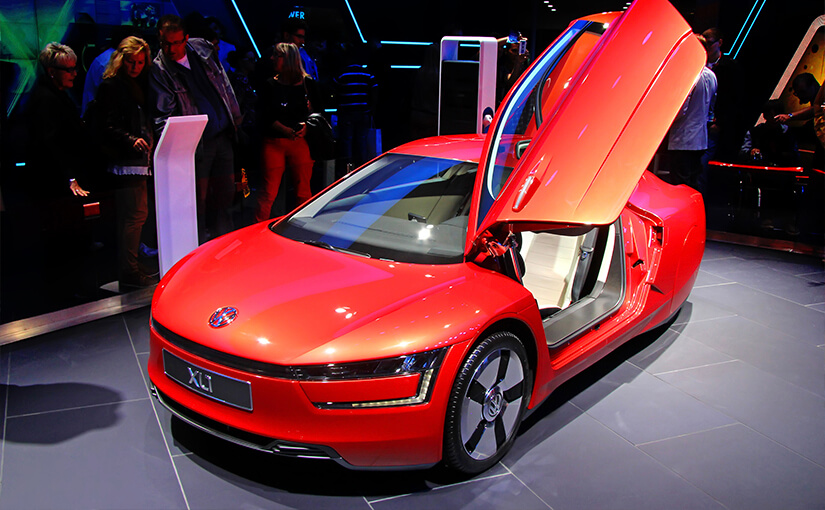There are over 1 billion vehicles in the world, or one for every seven people on the planet. Australia at last count had over 13 million cars, so more like one for every two people in the country.
As we’ve reported previously (Make way for the smaller car), Australia’s appetite for the large ‘family saloon’ seems to be on the wane. This is probably down to increasing urbanisation, the shorter journeys and tighter car parking of urban life. But it’ll also be down to the sheer cost savings of running a car that uses a lot less petrol, a consideration that will only become more important as the carbon tax moves fuel and other energy costs upwards.
A recent study by the National Academy of Sciences in the US predicts that, with the right regulatory environment, by 2050 greener cars and trucks could reduce that country’s greenhouse gas emissions from everyday driving by a whopping 80%, which would equate to a 13% reduction in overall greenhouse gas emissions for the US. The study claims a combination of lighter, more aerodynamic designs and use of alternative power sources like biofuel, hydrogen and electricity will result in a marked increase in fuel consumption efficiency, with small trucks and cars of the future being capable of 2.35l/100km as opposed to current levels around 9.4l/100km on average.
The study concludes this is all possible if government assistance is in place to encourage consumers to buy the new fuel efficient models, which at the moment are priced at a premium above normal cars.
One vehicle that might be a vision of what’s possible in the future in terms of fuel efficiency is the Volkswagen XL1, which launched at the recent Geneva 2013 Motorshow. Volkswagen set itself a goal of designing a car that would use only 1l of fuel per 100kms – a challenge that was laid down over a decade ago by VW chairman Ferdinand Piech (the same guy who told VW to get its subsidiary Bugatti to make a car that could break the 400kmh barrier).
The XL1 hits this mark by combining a number of different technologies. The powerplant is a ‘plug in hybrid system’, running off a 35kW two cylinder conventional diesel engine coupled with a 20kW ‘e-motor’, a combination the company believes counters the range problems of pure electric cars.
The other technologies are part of the effort to bring the overall weight of the car down, achieved by carbon fibre construction, magnesium wheels, thin glass technology and ceramic brakes. It also misses out on other weighty luxuries, such as power steering and a rear view mirror. To reduce the car’s drag coefficient, it has been designed with the engine at the back and the two seater configuration has the passenger sitting in a seat slightly behind and to the side of the driver.
The revolutionary part of the electric part of the car is the advance in recharging. Instead of taking hours and hours to recharge like some current electric models, the battery on the XL1 can be fully recharged from a standard electric socket in two hours, giving a pure electric motor use range of 50km and an overall range (with a full fuel tank as well) of 500km. Pretty much the same as a normal small car.
The XL1 certainly won’t be for everybody and is more of a demonstration of what’s possible with current technology, with the company planning to produce a Golf and an Audi A3 soon with the plugin hybrid drivetrain. The XL1 goes into production later this year.
We’ll keep our eyes peeled for the first application for a car loan for the XL1!




